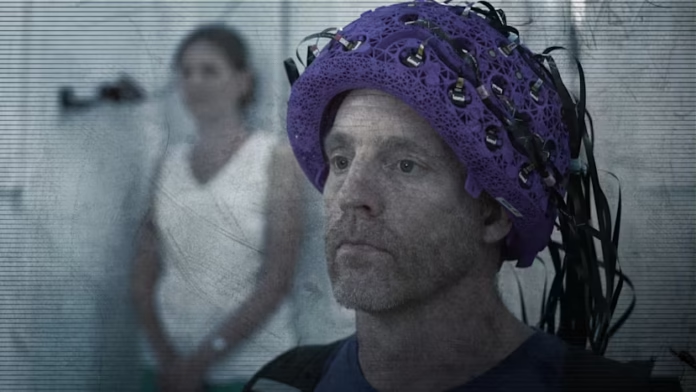The Ministry of Defence has admitted that weapons used by the British Army are causing brain damage in soldiers, potentially affecting thousands of serving personnel.
In a landmark statement, the MoD confirmed that repeated exposure to blast waves generated by heavy weapons, including mortars, machine guns, and anti-tank systems, can cause Traumatic Brain Injury (TBI), even without direct enemy fire.
Lieutenant Colonel James Mitchell, the MoD’s lead on TBI, said understanding of the condition has shifted significantly in recent years. While past injuries were largely linked to roadside bombs and large-scale blasts during operations in Iraq and Afghanistan, attention is now turning to low-level overpressure waves created by the military’s own weapons systems.
“We’re starting to appreciate the role of what we call low-level blasts,” Lt Col Mitchell said. “The exposure of our service personnel to blast over-pressure from their own weapons systems is a significant concern.”
Thousands May Be Affected
While no precise figures are available, Mitchell confirmed that thousands of troops are likely to have been exposed, and the number could be even higher among veterans. Those at greatest risk are personnel operating mortars, 50-calibre rifles, explosives, and shoulder-fired weapons during repeated training and combat deployments.
Blast waves from these weapons generate a sudden spike in air pressure that can penetrate the skull, damaging brain tissue, neurons, and blood vessels at a microscopic level. Repeated exposure can lead to lasting neurological issues, including:
- Chronic headaches
- Visual and hearing problems
- Memory loss
- Personality changes
- Sensitivity to noise and light
These symptoms frequently overlap with PTSD, complicating diagnosis and leaving many cases undetected or untreated.
Universities Lead Research into Brain Injury Risks
The MoD is now funding multiple research projects to better understand the scale and long-term consequences of blast-related brain injuries.
At the University of Birmingham, Professor Lisa Hill is studying biomarkers, biological signals found in blood or saliva, that can indicate brain damage. Meanwhile, at Nottingham University, Professor Karen Mullinger is using cutting-edge brain scanning technology to detect abnormalities in real time.
Among the volunteers is Hugh Keir, a former Parachute Regiment sniper and now host of the veteran-led H-Hour podcast. Though his brain scan showed mostly normal results, subtle changes were found, highlighting the potential damage from years of exposure.
“We need to scan more veterans and build a proper database,” said Prof Mullinger. “It’s only then we can define what normal looks like, and where it starts to go wrong.”
The team is also planning to monitor soldiers before and after live-fire exercises, to measure how training impacts brain function over time.
Policy Changes Could Follow
The research could lead to changes in military policy, including:
- Limits on blast exposure during training
- Modification of high-risk weapons
- Routine brain screening for personnel in key roles
The MoD has acknowledged the need for further research and better prevention, but pressure is mounting from scientists and veteran communities to act quickly.
As understanding deepens, the Armed Forces may be forced to confront a new kind of battlefield injury, one that doesn’t leave visible scars, but can change lives forever.
















